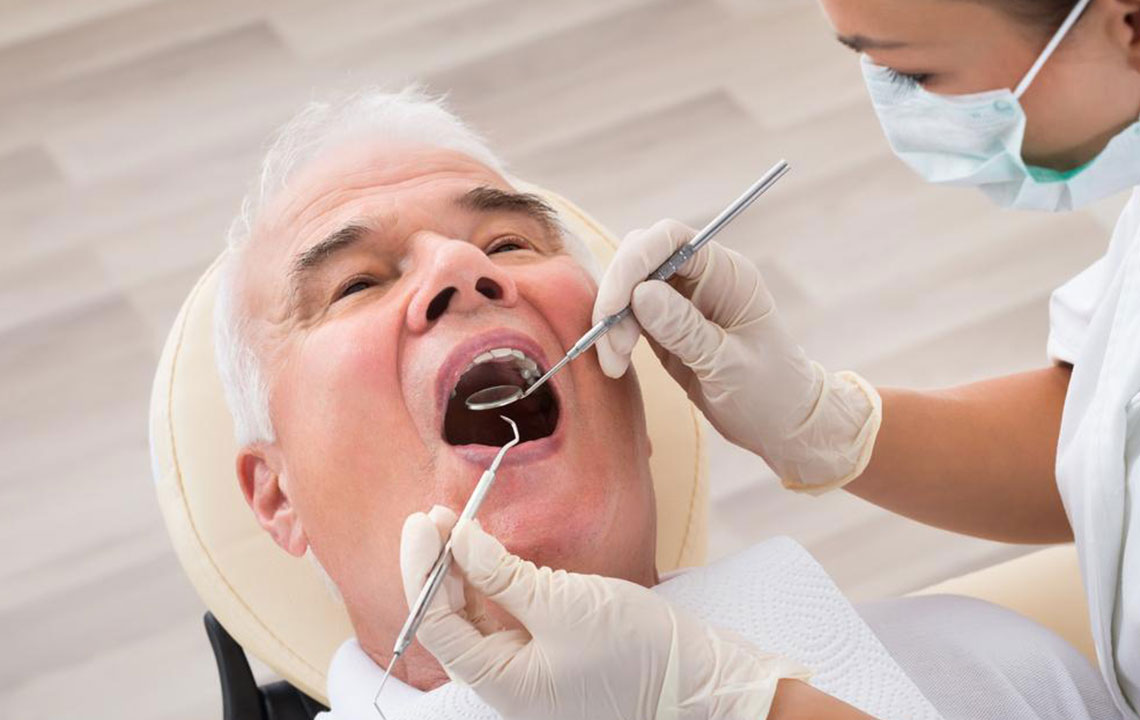Understanding Tooth Infections: Causes, Signs, Progression, and Treatment Options
Discover essential insights on tooth infections, including their causes, symptoms, stages, and treatment options. Early diagnosis and professional care are vital to prevent complications. Understand how infections develop and learn about effective dental interventions to maintain oral health and prevent more serious issues.

Understanding Tooth Infections: Causes, Signs, Progression, and Treatment Options
Occasionally, bacteria naturally reside inside the mouth, forming plaque—a combination of saliva and food debris. When plaque builds up and isn’t removed through brushing and flossing, bacteria can invade the gums and teeth, leading to infections. Several factors can cause tooth infections, which can escalate if not addressed promptly.
Causes of Tooth Infection
Broken, chipped, or cracked teeth: Damage from falls or hard foods creates openings for bacteria, risking infection.
Gum disease: Infections in the gums can spread to adjacent teeth, causing infection.
Food debris trapped between teeth: Leftover food like popcorn hulls or toothbrush bristles can harbor bacteria if not cleaned properly.
Tooth injury: Trauma can damage inner tissues, increasing infection risk even without visible cracks.
Sugar-rich diets: Consuming high-sugar foods and drinks encourages bacterial growth, leading to infection.
Dry mouth: Reduced saliva flow from certain treatments or dehydration can make teeth more vulnerable.
Signs of Tooth Infection
Throbbing pain that may intensify suddenly and radiate to the jaw, neck, or head
Discomfort when biting or touching the affected tooth
Sensitivity to hot or cold foods and beverages
Persistent bad taste or foul breath
Difficulty swallowing or opening the mouth
Fever and fatigue in more advanced cases
Gum swelling, redness, and possible pus drainage
Loose or inflamed teeth and swelling in the jaw area
Dental Infection Stages
Enamel erosion: Bacteria produce acids that break down the protective outer layer of the tooth.
Dentin decay: The infection penetrates deeper, affecting the inner layers beneath the enamel.
Pulp infection: The infection reaches the soft tissue inside the tooth, causing severe pain and nerve damage. If untreated, an abscess may form, accumulating pus and worsening the condition.
Common Treatment Approaches
Root canal therapy: This procedure removes infected pulp, disinfects the canal, and seals the tooth, often restoring its functionality with a crown.
Extraction: If the tooth cannot be saved, it may need to be removed to eliminate the infection and prevent spread.










